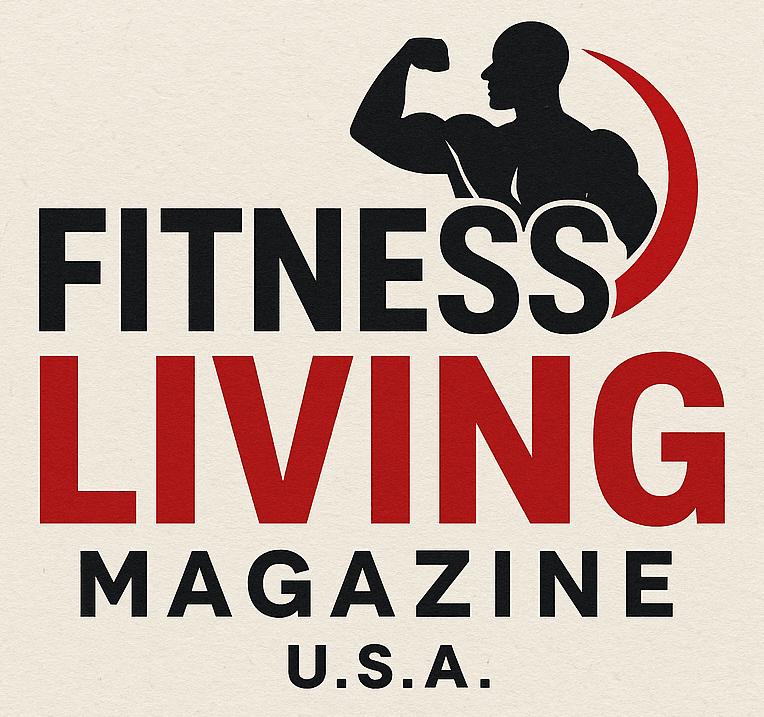
Understanding the Importance of Tracking Your Food
In the ever-evolving landscape of health and fitness, one key question persists: do you really need to track everything you eat, including snacks and condiments? The short answer is yes, especially if you're serious about maintaining a healthy diet and achieving your fitness goals. Understanding your food intake on a granular level can reveal valuable insights into your eating habits and help you make informed choices.
The Hidden Calories of Snacks and Condiments
According to experts, snacking and condiment usage often go unnoticed when it comes to calorie intake, leading to a misunderstanding of one’s actual diet. Condiments, for instance, while typically used in tiny amounts, can include hundreds of calories per serving if you're not careful. A single tablespoon of mayonnaise can have around 100 calories, while a similarly-sized serving of salad dressing can pack in around 50 calories or more, depending on the brand and type. By diligently tracking these small but significant contributors to your total caloric intake, you can prevent unintentional overconsumption.
Gaining Insight Through Food Tracking
Tracking food isn’t just about counting calories; it’s about knowledge. As noted by Michigan State University Extension, even casual eaters can benefit immensely from maintaining a food diary for a week. This simple action can shed light on dietary patterns, deficiencies, or excesses in food and nutrient intake. You might discover you’re lacking in important food groups or regularly exceeding ideal caloric limits just from those small snacks and unmeasured condiments.
The Role of Technology in Food Tracking
In today's digital world, various mobile apps provide enhanced food logging capabilities that can simplify and improve your tracking process. Apps like MyFitnessPal or Healthi facilitate seamless logging, allowing users to easily record their food and drink intake. Some applications also provide features like bar-code scanning and nutrition calculators, enabling quick and convenient tagging of your meals and snacks.
Strategies for Effective Food Tracking
Begin by choosing a method that suits your lifestyle: a mobile app, a physical journal, or even a spreadsheet. Whichever method you select, consistency is key. Log each and every meal, including snacks and drinks. The awareness gained from comprehensively tracking everything you eat can shift your approach to food. It can help unveil emotional eating patterns tied to specific situations or stressors, allowing for healthier coping mechanisms moving forward.
Balancing Tracking with Mindfulness
While food tracking can empower individuals and promote healthier lifestyles, it’s crucial to avoid letting it devolve into an obsession with calorie counting or unrealistic standards. As emphasized in a recent article on tracking food, it’s about progress, not perfection. If you notice that your tracking habits are leading to unhealthy thoughts or behaviors, it's important to talk with a healthcare professional. In essence, tracking your food and learning from the process should bolster your health journey, not detract from it.
Final Thoughts: The Path to a Healthier You
Now more than ever, as awareness of personal health rises, the benefits of food tracking can't be understated. From identifying eating patterns and adjusting food choices to understanding the role snacks and condiments play in weight management, tracking can illuminate the path to healthier eating habits. By embracing this practice, you’re taking essential steps toward fulfilling your health and fitness ambitions.
Are you ready to transform your tracking habits and optimize your nutrition? Start today and see how small dietary adjustments can lead to significant improvements in your health and well-being!
 Add Row
Add Row  Add
Add 



Write A Comment